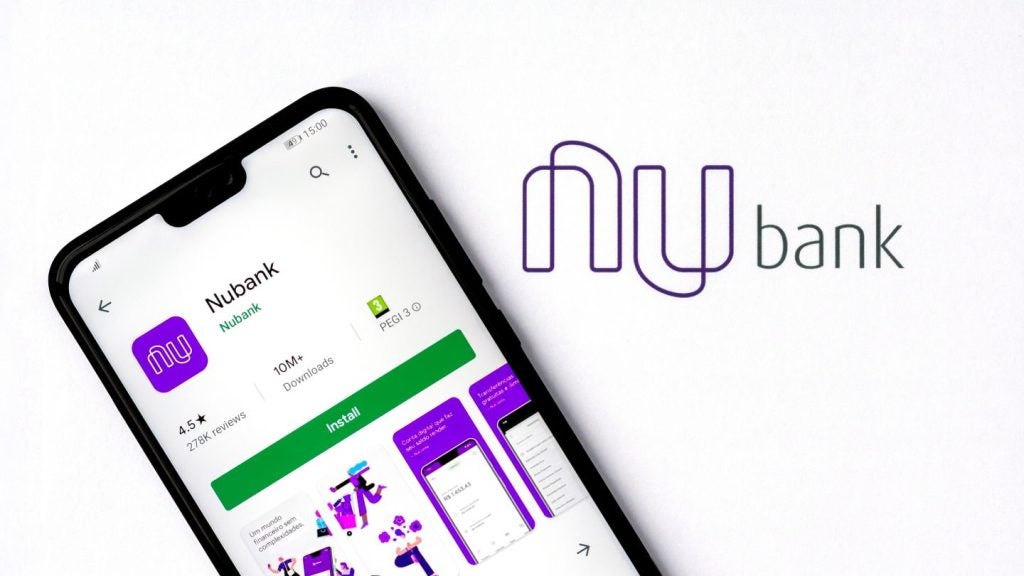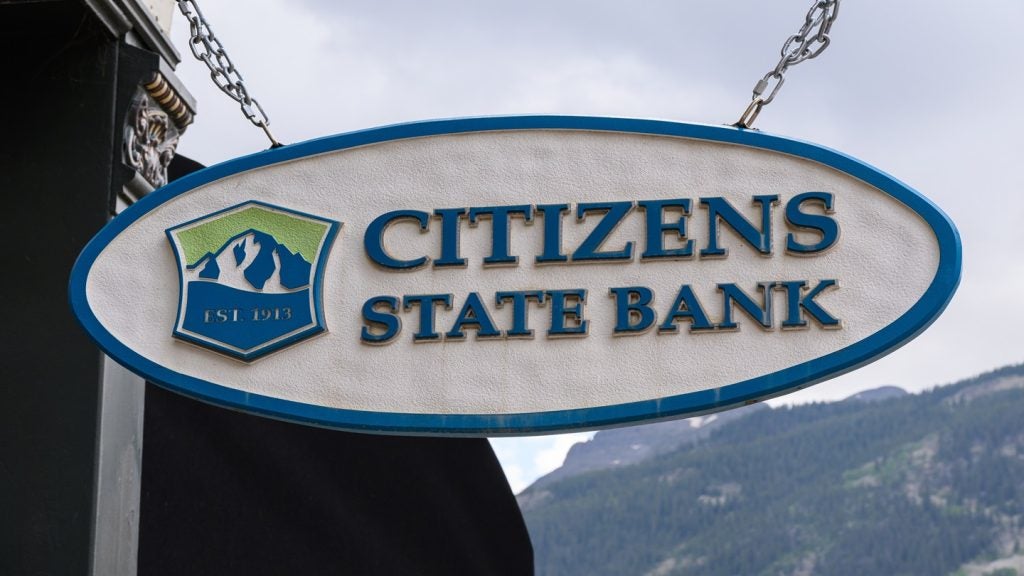RBI’s winner for best branch strategy, Royal Bank of Canada has optimised the branch to deliver a more seamless experience to clients, while educating and empowering them to leverage its digital channels with ease of use and convenience. Douglas Blakey reports
Branches remain an important component of Royal Bank of Canada’s (RBC) overall distribution mix particularly for the delivery of advice and through the integration of digital capabilities.
RBC’s successful retail model is based on leveraging the largest distribution network of branches in Canada as well as the industry’s largest commissioned sales forces (including the largest proprietary mortgage sales force and investment and retirement professionals), all of whom build relationships in the community as a trusted source of advice.
In addition, the bank’s sales forces are motivated to collaborate and work in partnership to deliver the right advice to the right client in their channel of choice, resulting in deeper relationships.
By contrast with leading banks in the US, UK and especially in Scandinavia, RBC has not taken an axe to its branch network.
RBC’s current estate of branches in Canada totals 1,265, down only a net 10 branches from 1,275 three years ago.

US Tariffs are shifting - will you react or anticipate?
Don’t let policy changes catch you off guard. Stay proactive with real-time data and expert analysis.
By GlobalDataBut in recognition of the dramatic change in consumer behaviour, RBC has been evolving its branch network through both “right-sizing” and through the integration of physical, digital and adviser capabilities.
The evolution of the branch network has included the development of different formats, alternate branch format testing, as well as the development of a kit of parts which can be applied to the branch network to address the changing needs of clients and their communities.
RBC formats have evolved to include Retail Stores, Small Retail Stores, and the launch of a Showcase flagship format. More recent examples include a student/university focused alternate branch format at McMaster University in Hamilton, Ontario, opened last August.
This small alternative branch format provides the convenience of being on the path of students and the campus community with a focus on promoting and enabling financial wellness, providing broader advice relevant for students, and building long-term relationships as a trusted adviser.
Again by contrast, banks in the UK including RBS, Clydesdale Bank and Bank of Scotland have all closed University-based branches in the past 12 months.
In its first few months of operation (September to December, 2016), the McMaster University branch generated strong results, including
- Increased student acquisition in the local area market compared to prior years
- More than 65% of student clients at McMaster have a multi-product relationship with RBC, compared to around 50% nationally, and
- Since opening, the McMaster location has been among the top 10% of branches nationally for student acquisition.
As a result of this success, RBC plans to create more university formats at major universities nationally over the coming year. These typically have a footprint of 500 to 700 square feet
Notably, RBC’s expertise in branch design allowed it to go from concept to design to doors-open in less than 20 weeks.
The bank has increased the proportion of alternate branch formats to approximately 17.5% of the network, and will reach 55% by 2022.
“Small-footprint locations”
The evolution of RBC’s branch network also incorporates “small-footprint” locations. These smaller branches occupy an average of 1,500 sq-ft compared to a typical branch of 4,500 sq-ft, which represents a 65% reduction in space.
The smaller branch requires five staff to operate as compared to an average of eight staff for traditional branches, yet they can provide all of the sales and service offerings available from much larger branches.
This new format provides RBC with an alternative footprint within its network and improved efficiency and shareholder returns.
During 2016, RBC also introduced a new language app for branches that provides clients with real-time video access to qualified interpreters to conduct their banking.
For many immigrants to Canada whose first language isn’t English, it can be a real struggle to understand complicated topics or learn a new banking system. This on-demand video service currently offers 13 languages, with more to follow. The app also supports 200 languages through audio conferencing, a service RBC has offered over the telephone since 2009.
RBC is also the first financial institution in North America to offer American Sign Language to its clients through this video app.







